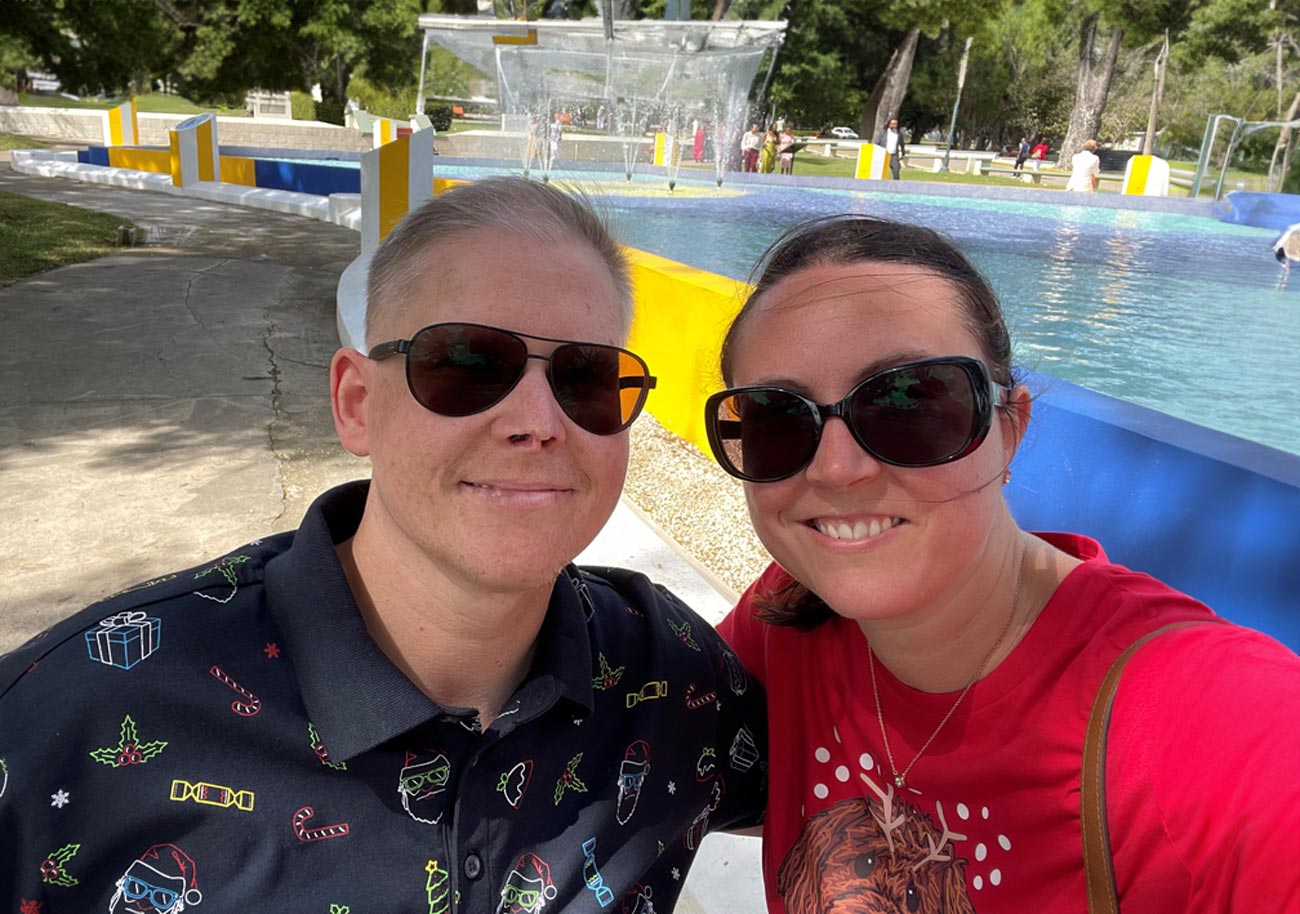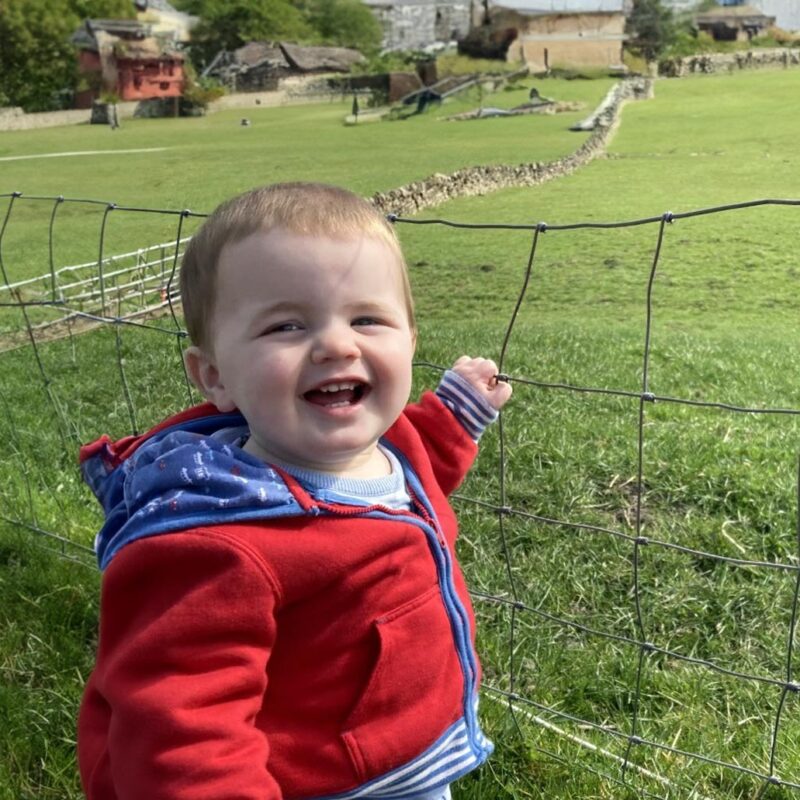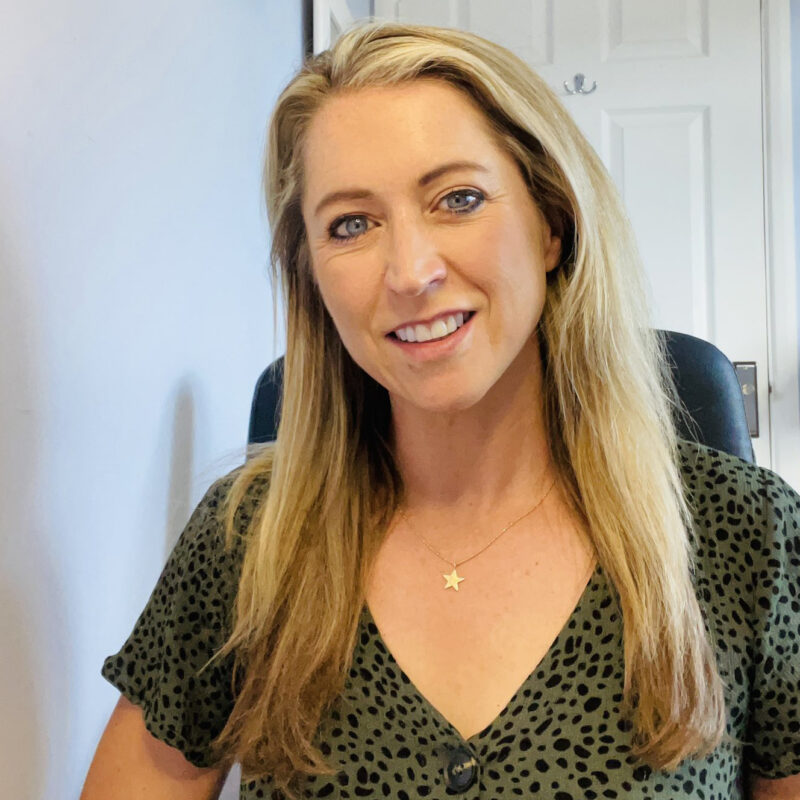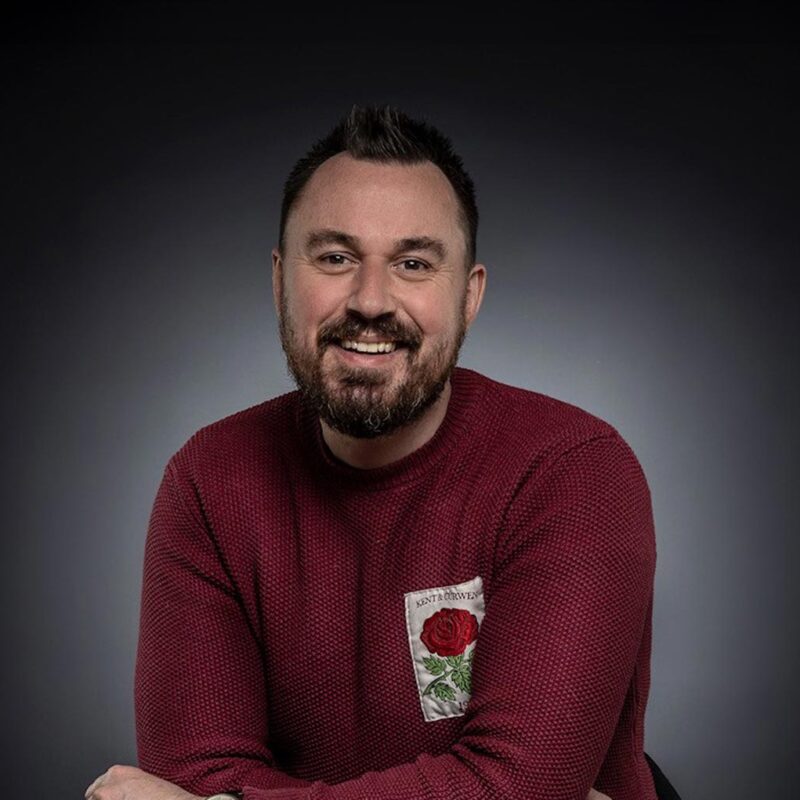In January 2018, Greg Keating was working as a teacher when he developed sepsis from meningitis and ended up having both his legs amputated as well as nine out of ten fingers.
He’s now back teaching full-time and is preparing to take on the London Landmarks Half Marathon on behalf of the UKST. Read his incredible story…
Computer Science teacher Greg went out to a local football match in Gillingham with friends one weekend, only to start feeling unwell the next day. He said: “I didn’t really think anything of it, I thought it was maybe a cold or flu.”
He went to bed and slept the day away, and woke up on Monday morning with a completely purple arm, and the whole of his right side was a weird, purplish colour. His then-girlfriend, now wife somehow managed to get him into the car and took him to hospital, where he was diagnosed with meningitis. He was put into an induced coma, and would then develop sepsis. Greg said: “I didn’t know anything about sepsis – I’d heard of it, but I didn’t know any of the symptoms and I didn’t know how dangerous it could be. It was very much a baptism of fire.”
As he was coming around from the coma, his legs were amputated below the knee due to the severity of the sepsis. Greg said: “It happened while I was asleep and I suppose when I first woke up it wasn’t as bad as you might think because I was still a little bit out of it with heavy painkillers. I had a bit of time to get used to the idea that I hadn’t got legs while I was coming round after the coma. It wasn’t until around two months after I woke up when everything really started to hit me and I really started to think about how am I going to go on and carry on living my life the way that I was previously, so that was a really hard time.”
Two months later, after giving the infected site time to see if it could recover, nine out of Greg’s ten digits were also amputated. Greg spent about eight months following this ordeal learning to adapt to his new life. He went to a rehab unit in Lambeth which helped him realise that his life could continue – he could still drive and work. He said: “The whole of the NHS and the team at Lambeth I owe quite a lot to. It was difficult eight months, and it’s been a difficult few years since – but I’m back teaching full time, and kind of back to a relatively normal life. There’s obviously things that I can’t do that I’d done previously, but on the whole, it’s not too bad.”
In terms of adapting to life with a physical disability, Greg says that he would rather people ask questions about what happened to him rather than stare in public – but he acknowledges that everyone is different. He said: “I can tell them the whole story and maybe down the line help them to spot sepsis in one of their family members, but yeah I’d very much prefer they just ask the question rather than staring!”
Greg was able to access mental health support through the NHS, which he feels has been a huge help throughout his journey. He said: “There are certain things that I just can’t share, but being able to talk to a counsellor and talk through the reason why some nights I can’t sleep, and why some mornings I wake up and have no energy to get out of bed is really helpful, and we’ve worked on various strategies to overcome that. I would advise anyone to have that because it helped me sort my mind out a lot.”
He’s also been having extra surgeries to try and help him get up on prosthetics, but most of the time Greg is a wheelchair user. At home he can walk around on his knees, which is the quickest way for him to get around. Greg said: “As much as I haven’t been lucky, I’m quite lucky to have the below knee amputation because that’s given me a lot more freedom to do quite a lot.”
After about a year, Greg went back to work part-time to start with. He said: “My mind was ‘will they take me seriously in a wheelchair’, but there’s been none of that. The students have been fantastic, they just want to ask questions. The school has given me the largest classroom so that I can easily get around, and with regards to teaching itself, it’s quite simple to do in a wheelchair – I spend a lot of time sitting on desks just to see over everything.”
He talks to his students, who are aged 11-18, regularly about his experience so that they know the signs and symptoms of the condition. In terms of his advice to anyone, whether a student or an adult, Greg said: “I probably should have gone in a lot earlier, because in hindsight it wasn’t flu at all. I was being sick, I was running a temperature, I genuinely thought I was going to die. So be honest with yourself and if you know that it’s not flu, just to get yourself into hospital, get yourself checked.”
“It might well be just flu and you’re overreacting a little bit, but if you know deep inside that it’s not quite right go and get yourself checked. Trust your gut.”
A year after his ordeal, Greg started researching sepsis to learn what had happened to him and why. He was keen to know if there was anything he could have done to prevent what happened to him. He said: “I learned some facts about what sepsis is, how many people it kills a year, etc. and that volleyed me to start doing something about it. So in work, I hand out leaflets every year on Sepsis Awareness Day and I probably annoy the staff quite a lot but I put little pamphlets in their staff pigeon holes. That was the initial thing I wanted to do, and since then I’ve decided to do some fundraising and raise awareness so other people don’t have to go through what I’ve gone through.”
Greg will be taking part in the London Landmarks Half Marathon next year on behalf of UKST in April 2024. He said: “I am questioning myself! I’ve started doing a little bit of training already and 13.2 miles is a lot longer than I thought it was! But I want to do it to raise awareness and try and get a little bit of money for UKST.” He added:
“I also wanted to prove that you can come through sepsis, you can come out the other side and still do things that you might have wanted to do previously.”
“I’ve always loved sport, all the way through my life, obviously I can’t do all sports now, but this is something that I can do to show that actually anything is possible.”





